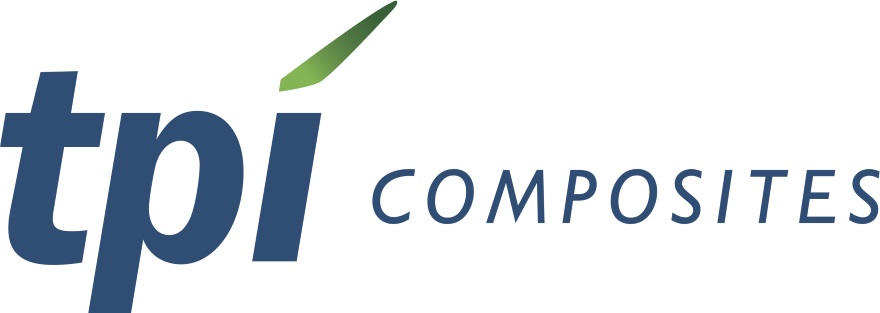IIot-based solutions are becoming so prevalent, that soon, we won’t be able to imagine a factory operating without them. Simply put, when CEOs and other decision makers involved realize that IIoT-based optimization systems can revolutionize everything about their production floor environment, and can set them up for success in this tough ecosystem, they become more open to learning about it and on-board these new technologies.
So yes, I can keep talking vaguely about AI-based manufacturing optimization systems, elaborate on Industry 4.0, share my two cents about Industry 5.0, discuss material saving and prediction of work order latency, or write passionately about tool tracking. In fact, I already did (you can read a lot more about all of these in our recent article here).
But nothing is better than looking at concrete use cases. And nothing shows business value better than the simple, clear demonstration of bottom-line impact: profitability.
That’s what I want to tackle this time. I’d like to delve deeper into one concrete example, taken from the wind energy industry, and show you how, by leveraging an AI-based IIoT technology, we can potentially help manufacturers increase profitability by over 20%.
After all, in reality, IIoT-based manufacturing optimization solutions are not just a way to make a factory more digital, techy and advanced for the sake of it. They gain traction because they manage to present a positive ROI.
Use Case – Clean energy and the wind blades industry, A 100B market by 2025
Before I go into the actual case study, just a few quick words about the global energy market. With the general growth in electricity consumption, conventional electricity generation methods such as burning fuels and other unsustainable techniques are becoming more and more undesirable, and so we are seeing a shift towards clean energy sources. Among other clean energy options, the wind energy industry is experiencing immense growth and is expected to reach $100B by 2025. True, humanity has been using wind energy for ages, but modern day wind turbines are a lot more complicated than the old traditional machines we see in paintings.
Yet even today, most of the actual manufacturing of wind blades is still leaning on traditional work methods. Which means there’s room for improvement.
The story of material saving
In order for us to see the real value in deploying IIoT-based optimization software for wind blade manufacturing, we have to go back to one of the known benefits of IIot-optimization in general (discussed here in detail), the crucial achievement of material savings.
Discrete manufacturing aside, material cut planning can be considered a simple process – taking a piece of raw material and cutting parts from it.
Despite the superficial simplicity of this process, it could actually turn into a very complicated challenge, assuming you’re interested in making the most cost-effective use of your material, and that the raw materials you use in your production processes are expensive enough.
Using manufacturing optimization solutions in this case means cutting the material in such a way that the least possible amount of it is lost, and scaling the cut of the pieces that are needed based on your work order and production predictions.
Now, back to our wind blades manufacturing use case, a commonly used material in the production is fiberglass, and modern manufacturing techniques can revolutionize the potential (and margins) of manufacturers that use large quantities of it.
Also, the cutting and packaging process used for wind blade manufacturing is complex due to demands made by blade assemblers. Existing processes encourage the waste of large amounts of fiberglass.
The labor cost of the described processes often amounts to 10% of the total labor cost of the factory. That’s extremely significant.
Long story short, there’s plenty of room for improvement.
Moving ahead with superior (and expensive) raw materials
The IIoT-based optimization solution, in this use case, creates ready-to-cut instruction plans, that are designed to achieve a significant increase in the manufacturer’s margin, due to a growth in material yield.
In the wind blade industry, we have found that material savings of only 1% can result in a margin increase of 20% (since the cost of raw material can amount to approximately 60% of the total blade cost).
Going forward, the future of wind blade manufacturing is transitioning to larger blades that can produce more energy some of which extend to over 80 meters. Consequently, fiberglass will no longer be the best material for producing these blades, since their manufacturing process calls for lighter and stronger materials. One of the best candidates is therefore carbon fiber, but is a lot more expensive and optimizing it plays a critical role in profitability.
There is an innovative suite of AI-based IIoT optimization solutions that were developed to deal with exactly this kind of challenge, allowing wind blade manufacturers (and other discrete manufacturers) to optimize and automate their use of it by reducing material wastage.
Visit this page to learn more about cutting optimization techniques
The story of TPI Composites and Plataine
I’d like to share with you the story of the partnership between Plataine and TPI Composites, the largest US-based manufacturer of composite wind blades.
TPI maintains five advanced blade manufacturing facilities in China, Turkey, Mexico and the USA, with its China facility using extremely large raw material rolls of 200 meters in length.
The challenge
TPI was facing many challenges, the majority of which are due to a lack of efficiency and a manual manufacturing process, prone to human errors such as overlaps, missing pieces, overcuts and more.
Production was heavily dependent on the professional experience of the specific engineer assigned to the project, and in some cases led to material waste, errors and production delays.
Process control was cumbersome (700-1000 pieces per blade), time-to-market was slow, and quality issues were often discovered too late in the manufacturing process.
Creation of the cut plans was done manually, and so it took 2-3 days for each new blade design. This duration could be significantly reduced.
Call to action
On top of these, TPI was subject to production ‘rate up – cost down’ pressures, and decided to make all efforts to improve material utilization and automate its production processes.
We came on board
Plataine’s professional services team worked alongside TPI’s teams to implement the project in just two weeks (!!). Because the solution required TPI’s CAD files, material information, business & production preferences and constraints, to operate fully.
New data parameters were added in real-time to the production decision making and execution processes, in order to make smart predictions and stop materials waste such as over cutting. Multi processes were automated, eliminating human errors and speeding up specific tasks
Calculations provided proof for raw material savings of 3%-4% in parallel to a significant reduction of time to market.
“We were looking to reduce material waste and speed up response time (time-to-market) for new designs and repairs. Partnering with Plataine allowed us to achieve our goals in record time. Plataine’s Manufacturing Optimization solution provides us with significant material and time savings and offers fast return on investment.”
– Mr. Andy Wang, TPI’s Chief Technology Officer for the Asia Pacific Region
To Summarize
Drawing on today’s advanced AI capabilities, IIoT systems can transform modern manufacturing altogether. The described optimal balance between material savings and production floor restraints is just one example.
Clearly, every specific industrial domain has its own unique challenges, but still, certain core issues are shared between most discrete manufacturers – specifically the issues of reduced waste and improved manufacturing yield and ROI. I hope I’ve managed to communicate here the significant benefits resulting from implementing IIoT solutions, when done wisely, according to specific needs and with top grade domain expertise.









